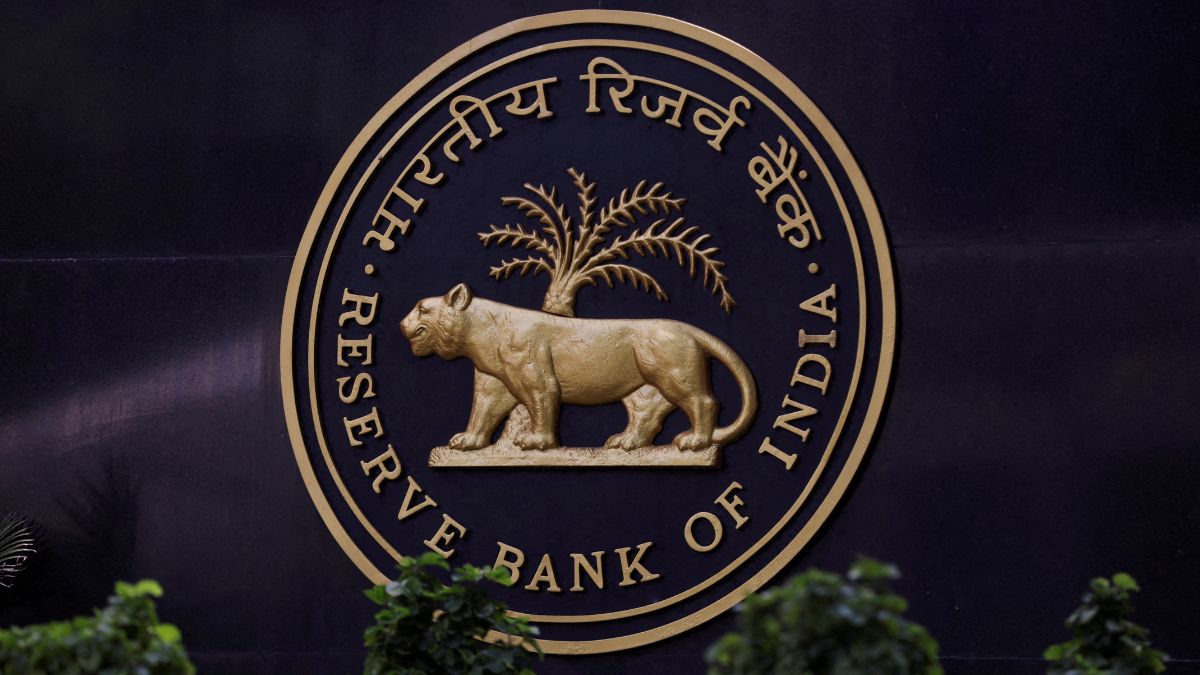India's top banks are reducing deposit rates. Is it good news for you?
 Reserve Bank of India (RBI) logo inside its headquarters in Mumbai | Reuters
Reserve Bank of India (RBI) logo inside its headquarters in Mumbai | Reuters
The Reserve Bank of India's monetary policy committee kicked off the new financial year, cutting its benchmark repo rate by 25 basis points, which was in addition to the 25 basis points cut in February. This time around, the stance was also changed to "accommodative", in a way firmly indicating that looking ahead, rates were only going to head south or stay put. Falling interest rates means good news for borrowers, but, lenders have also started cutting interest rates on deposits as margin pressures rise.
Over the past few years, loans linked to an external benchmark have increased. This enables quick transmission of interest rates when the RBI changes the repo rate. On the other hand, as demand for credit grew ahead of deposit rates, banks lured savers with attractive rates. But, now amid falling interest rates and RBI ensuring there is enough liquidity in the system, a cut in deposit rates is imminent as banks look to protect margins. Also, the gap between deposit and loan growth has narrowed in recent months.
India's largest private sector lender HDFC Bank recently reduced interest rate on savings account to 2.75 per cent from 3.0 per cent, for balances up to Rs 50 lakh. Deposits above Rs 50 lakh will earn a rate of 3.25 per cent (down from 3.50 per cent). Other major banks like ICICI Bank and Axis Bank too have reduced their savings deposit rates by a similar quantum. Mid-size lender Federal Bank also reduced its savings deposit rates by 25 basis points.
Several banks have also slashed interest rates on fixed deposits. HDFC Bank has cut interest rates on fixed deposits less than Rs 3 crore for select tenors, effective April 19. State-run Bank of India too had reduced interest rates on short-term and medium-term fixed deposits for various maturities from April 15.
According to Kaitav Shah, research analyst at Anand Rathi Share and Stock Brokers, a 25 bps reduction in savings rate will positively impact margins of banks by 5-8 bps.
"This positively addresses a key headwind in terms of NIM (net interest margin) contraction for private banks (they had high external benchmark-linked loans exposure) in an interest rate easing cycle. In addition, several banks have announced reduction in term deposit rates across various maturity buckets. This should allay concerns about sharp NIM contraction in first half of FY26," Shah said.
Under new Governor Sanjay Malhotra, the Reserve Bank of India has not only cut the benchmark repo rate, the rate at which it lends money to commercial banks, but also ensured there is ample liquidity in the system. In the January-March quarter, while banks credit growth stood at around 11 per cent, deposit growth was at around 10 per cent.
With CPI (consumer price index) inflation well under control (seen trending around or below RBI's 4 per cent target), and growth pressures remaining high due to tariff-related uncertainties, economists are expecting at least another 50 basis points rate cut by the Reserve Bank of India this year. Therefore, interest rates are going to fall in the quarters ahead.
But, don't expect significant deposit rate cuts. As such, in recent years, banks have been facing challenges in raising deposits at competitive pricing. The increasing competition from other investment avenues like mutual funds, and investors' preference for term deposits have over time led to a fall in share of low-cost savings and current account balances, in turn impacting the cost of funds of banks.
"With an elevated CD (credit-deposit) ratio, the competition for deposit mobilisation is likely to remain high even during FY2026, which will limit the banks’ ability to cut their deposit rates," said Sachin Sachdeva, vice-president and sector head at credit ratings agency ICRA.
At the same time, lending rates will continue to be under pressure due to falling rates of external benchmark-linked loans as well as competition from debt markets. That will keep banks' margins under pressure.
Sachdeva, who expects the RBI to cut the repo rate by 75 bps, sees the net interest margins for banks likely declining by around 15-17 bps this financial year.
Business